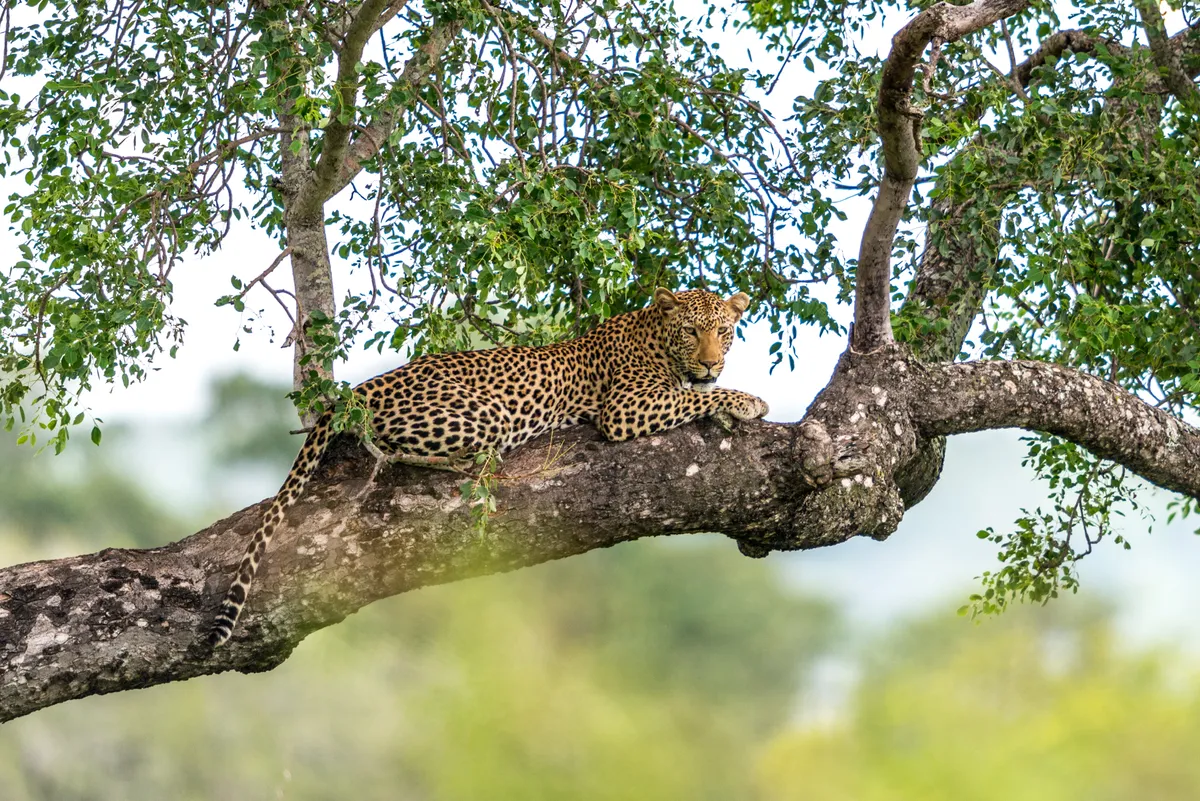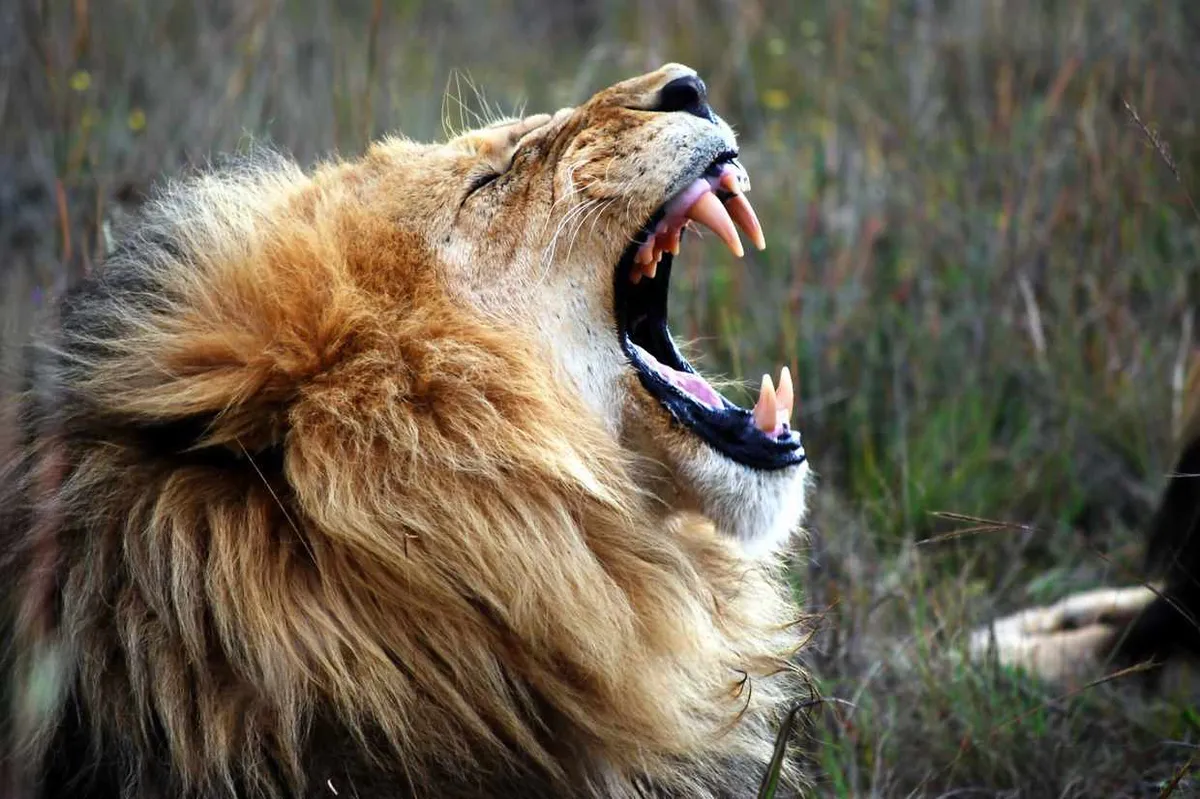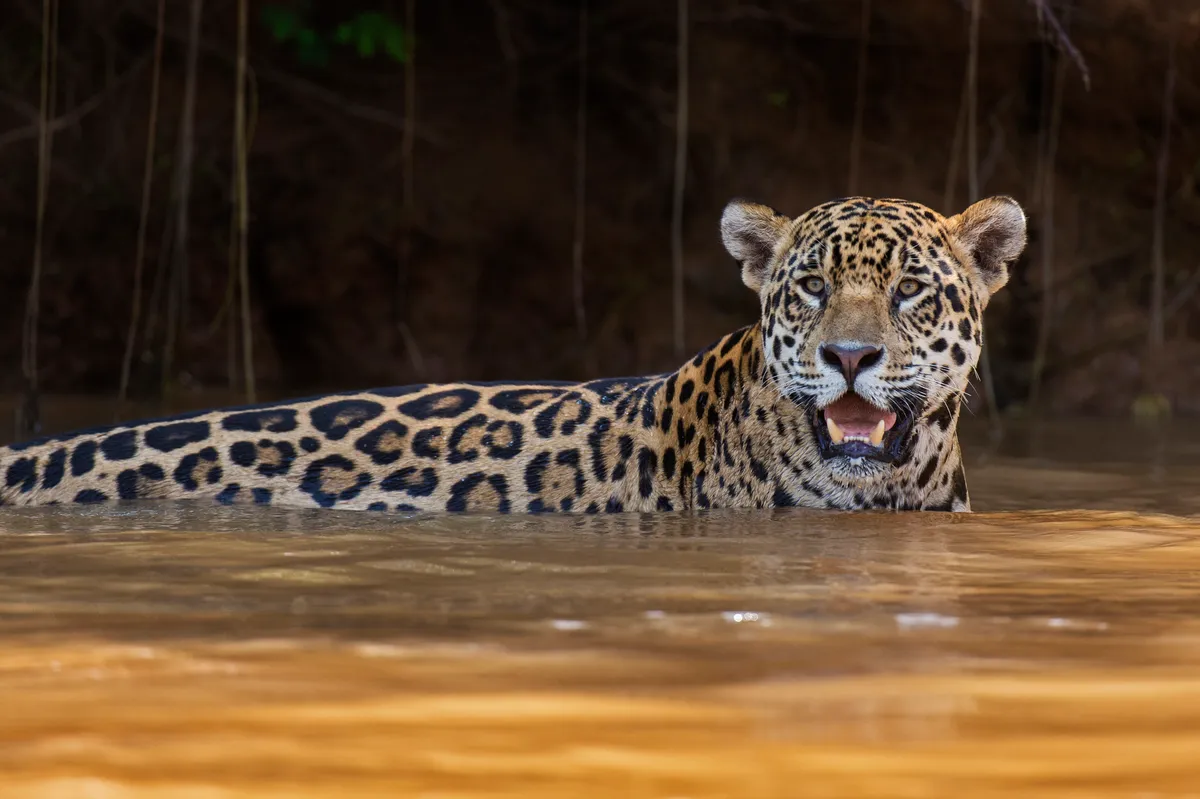From tiny mouse-slayers to legendary man-eaters, cats are among nature’s most efficient predators, says Summer Rylander.
- Which big cat has the strongest bite? And just how deadly is that bite?
- Deadliest animals to humans - discover the world's most lethal creatures
Here, we rank 10 wild felids through a combination of their hunting success rates and likelihood of causing us harm.
Deadliest cats in the world
1. Leopard (Panthera pardus)

Leopards are skilled hunters with a 38% success rate. Their beautiful rosetted coats are unmistakable across Africa, Asia and some parts of the Middle East, but these big cats are best admired from a distance.
- The world's smallest leopard is also one of the Earth's rarest cats: Discover the secrets of the beautiful Arabian leopard that's on the edge of extinction
- Cheetah vs leopard: what's the difference between these beautiful, spotted cats?
- Watch amazing video of a cute leopard cub sussing out a porcupine and testing the sharpness of its quills... Is it worth attacking?
Solitary and territorial, leopards are on the “Big Five” list of African wildlife – along with lions, elephants, rhino, and Cape buffalo – not for their size but for the difficulty and danger they presented to the big-game hunters of the yesteryear.
Leopard attacks on humans do happen in Africa, but they’re far more commonplace in India where habitat loss leads to an increase in human-wildlife conflict. While exact numbers are difficult to pinpoint, the International Union for Conservation of Nature (IUCN) estimates 350 to 450 leopard attacks per year, with 10% to 15% ending in human fatality.
2. Lion (Panthera leo)

The iconic lion needs little introduction. African lions are social cats, often living in prides among grassy savannahs, woodlands and sometimes deserts. They’re not the most successful hunters with a 25-30% kill rate, but they’re also not afraid to steal a kill from fellow carnivores like hyenas and wild dogs.
10 animals that can kill a lion
From a tender lioness cuddling her cub to a majestic male, king of all he surveys - 13 beautiful lion photographs from the book 'Remembering Lions'
Estimates fall between 200 to 250 lion attacks on humans annually, but like leopards, lions usually only attack humans with cause – such as when feeling threatened or desperate due to prey scarcity. There are two famous exceptions, though.
A pair of male lions that came to be known as the Tsavo Man-Eaters killed dozens of railway workers in Kenya’s Tsavo region between March and December of 1898. Actual figures are unknown, with some estimates as high as 135 deaths and more recent studies suggesting the figure is closer to 35, but it is clear the two lions were targeting humans as prey.
3. Tiger (Panthera tigris)

Tigers are the largest of the big cats and though they have a relatively low hunting success rate at 5% to 10%, their sheer size and power makes them formidable predators. Tigers can take down buffalo, deer and wild boar, often relying on an ambush technique rather than chasing their prey. These remarkable cats can be found in several Asian countries, though more than 70% live in India.
Humans are well-advised to steer clear of close encounters with tigers. They’re unlikely to attack without provocation, but estimates indicate that approximately 56 human deaths per year occur at the claws and jaws of a tiger.
4. Jaguar (Panthera onca)

The third-largest cat in the world, jaguars are perhaps best known for their semi-acquatic habitats. Jaguars live in Central and South America, often in rainforests and lush wetlands like Brazil’s biodiverse Pantanal. Here, they use their exceptionally strong jaws to prey with a 20% to 30% success rate upon caimans – a small species of alligatorid – and capybaras, as well as fish, turtles, tapirs and deer.
- Jaguars of the Pantanal prove to be more sociable than elsewhere
- It’s the largest cat in the Americas and is one of the world's most powerful predators, able to bite straight through the skull of its prey
No question that jaguars are powerful enough to kill a human with ease, but attacks, deadly or otherwise, are mercifully rare.
5. Cheetah (Acinonyx jubatus)

As the fastest land animal in the world, the sleek cheetah uses its phenomenal speed – up to 120kph – to make quick work of its prey. Cheetahs have an impressive 58% kill rate, pursuing antelope, warthogs, hares and birds, among other species. These lanky cats can exceed 90 centimetres in height, with long tails that help them balance at high speeds. Most cheetahs are found in sub-Saharan Africa, with a small population in Iran.
- The extinct, mighty prehistoric Acinonyx pleistocaenicus was the largest cheetah ever, weighing up to three times more than modern cheetahs
- Remembering Cheetahs: beautiful photographs of the world's fastest mammal
- Just how are cheetahs able to run so fast? All you need to know about the beautiful big cat, including the secrets behind its phenomenal speed
While cheetahs are certainly capable of harming or killing a human, cheetah attacks are rare enough that there are no documented cases of a wild cheetah killing a person. Incidents that do occur are nearly always with a captive animal.
6. Mountain lion (Puma concolor)

Also known as pumas and cougars, the mountain lion lives primarily in forested regions of North and South America. These stealthy (and deadly) cats hunt deer, elk and small mammals such as squirrels and rabbits, utilising their speed and agility to take prey by surprise. Mountain lions have a solid kill rate of about 20%, and their willingness to take livestock occasionally fuels conflict with humans.
Mountain lion attacks on humans are not common, but they can happen. An attack that occurred in California in March of 2024 made headlines as the state’s first fatal one in two decades.
7. Snow leopard (Panthera uncia)

Among the most elusive of all wild cats is the snow leopard. These felids live at high altitudes in Central and South Asia, protected from the cold by their dense, well-camouflaged fur.
- It may look adorable – with its fluffy coat, tail and feet – but don't be fooled as this ferocious predator can leap 15 meters and take down prey 3 times its size
- Scientists hid 956 camera traps across the Himalayas, sprayed them with perfume and waited...
Danger is ever-present in the life of a snow leopard, hunting on steep, icy slopes where one wrong step can mean certain death. Despite harsh conditions and an estimated kill rate of 10% to 15%, snow leopards are comparatively excellent hunters. Their strength allows them to leap 15 metres high and take down prey three times their size.
- “I dared not breathe, and my heart was pounding": Photographer recalls dramatic snow leopard encounter in Chinese mountains
- "His face was partially covered in blood, and I could see the cow lying in front of him" – my close encounter with a snow leopard
Due to their remote habitats and solitary nature, snow leopards are not considered outwardly deadly threats to humans.
8. Serval (Leptailurus serval)

The serval, a medium-sized cat living throughout much of sub-Saharan Africa, isn’t the most frequently sighted but almost resembles a small cheetah.
Servals are fast, too, capable of speeds around 65kph. They’re excellent hunters with a 50% success rate, preying on the likes of rodents, frogs and birds, even snatching the latter out of the air with an impressive two-metre vertical leap.
Servals are not considered dangerous to humans, though provoking one may well prompt an unpleasant attack.
9. Black-footed cat (Felis nigripes)

The world’s deadliest cat in terms of kills is also one of the smallest felines in the world. Standing at just 20-25 centimetres and weighing about 2 kilograms, this diminutive cat is the most successful of its kind with a 60% kill rate.
Black-footed cats live in southern Africa (primarily in Botswana, South Africa and Namibia) and hunt rodents, small birds, insects, reptiles and the occasional hare. While much of their success comes from skill, some of it can be attributed to frequency. Black-footed cats spend approximately 70% of the night hunting, often managing a kill every 50 minutes.
Perhaps unsurprisingly, these little cats pose no threat to humans despite their impressive kill count.
10. Rusty-spotted cat (Prionailurus rubiginosus)

Even smaller than the black-footed cat at 1.6 kilograms, rusty-spotted cats are found in India and Sri Lanka, with a few outliers in Nepal. Because they are so elusive, ecological research on these cats is limited. They are, however, known to be tenacious hunters of frogs, rodents and bats – and they’ll even pursue domestic chickens.
The rusty-spotted cat is thought to have a similar hunting success rate to the black-footed cat, using its speed and incredible eyesight to overtake prey.
The rusty-spotted cat may be deadly, but it is not a danger to humans.
- On the brink of extinction: The 11 rarest cats in the world, from the beautiful Arabian leopard to the weird flat-headed cat
- How deadly, prehistoric sabre-tooth cats developed their lethal, bone piercing fangs
- Deadly prehistoric cats: 10 ruthless hunters that roamed the planet thousands of years ago – including one that was the size of a polar bear10 deadliest ambush predators – the animals with killer techniques such as corpse camouflage and impalement
